Representation Must Match Votes
We have had great success with our democratic, constitutional system for more than 200 years. We have expanded the voting franchise, fought wars, staved off the worst of business panics and depressions. Even the poorest members of society have seen improvements in well-being from education, sanitation, workplace safety, electricity, lighting, appliances, running hot and cold water, heat in the winter, and so on. Only the very wealthiest household had these amenities at the turn of the twentieth century. Now they are commonplace.
Economic progress was gained by electing representatives who represented the will of the majority of citizens, who wanted wide distribution of the benefits of progress.
With the United States a federal democracy, citizens vote for only the President and Vice-President on a national slate. All other national representation is elected at the state level.
Electoral College
The Electoral College is an intermediate accumulating of votes that results in individual states casting their votes for the candidates that their citizens favored.
Each state is given a number of votes in the Electoral College equal to the number of its House members and its senators. Since all states are automatically given two senators and a minimum of one representative, states of smaller populations are given a slight proportional advantage.
As discussed in Elections and Campaigns, changes are needed to the Electoral College so that country-wide issues will not be swamped out by issues particular only to battleground states.
House Districts
National representation in the House is determined by individual state elections.
Gerrymandering: the dividing of a state, county, etc., into election districts so as to give one political party a majority in many districts while concentrating the voting strength of the other party into as few districts as possible. Dictionary.com
Should We Care about Gerrymandering?
Primarily, gerrymandering thwarts election results—it denies majority rule. A good example is Pennsylvania’s 2012 election for US House of Representatives. More votes were cast for Democratic candidates but, due to gerrymandering the Republicans won thirteen seats, while the Democrats won only five!
Secondarily, it exaggerates partisan differences. Winning the primary, in which the most extreme political elements vote, is often tantamount to winning the general election.
State-Wide Elections
Drawing election districts should be removed from the sphere of political influence. Perhaps all elections should be state-wide rather than by districts controlled by politicians. In this case, Pennsylvania would have still have eighteen house seats, but voters in any part of the state could vote for any representative who appeal to them. If candidates wanted to focus their positions on those of Philadelphia, nothing would stop them, although they would get votes mainly from that area.
A side benefit of state-wide elections would be that widespread interests of the minority that could never win a majority in a district, could occasionally gain a representative of the 18 available and have their voices heard.
Election Result with Gerrymander
The map below shows the gerrymander result in the 2012 PA election. Note that the districts were drawn such that votes for Democratic candidates were overwhelming concentrated in four districts and Republican voters were very sparse in those districts. That is, the lines were drawn to put the Republican voters in districts where Democrats were not so concentrated.
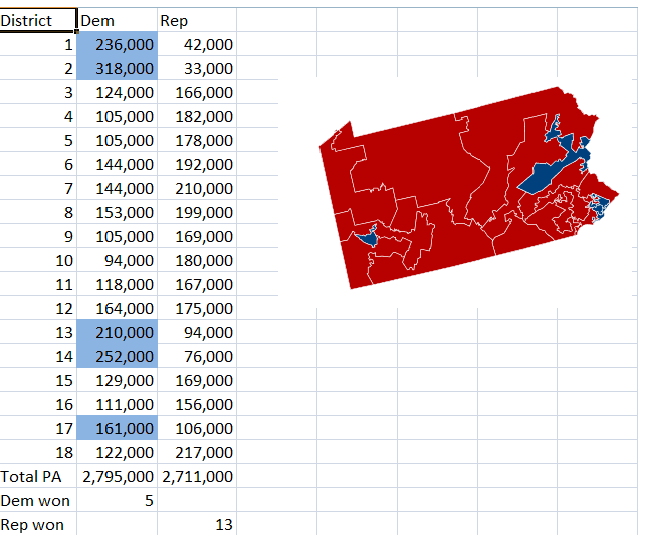
Democracy Rules or Does It
In 2012 Pennsylvania (Figure 7), more votes were cast for Democratic candidates (2.795M) than Republicans (2.711M), but through gerrymandering only five Democrats were sent to the Congress while thirteen Republicans were sent. By drawing the districts to concentrate democratic votes in a few districts and spread republican votes out, the Pennsylvanian representatives reflected the views of the minority in the federal government.
Similarly, in 2014 North Carolina house elections, nine Republicans and four Democrats were seated, yet the people voted 50.6% Democratic and 48.7% Republican. Outrageous!
Another Consequence of Gerrymandering
In 2014, Paul Ryan, the newly elected Speaker of the House, has agreed to use the majority of the majority, the Hastert rule, to decide which bills are brought to vote before the full House. That enhances the power of the majority, by refusing to consider bills that might pass by a minority of the majority with the addition of the minority party votes. A disciplined minority in the majority party can stop bills they dislike when there is a split in the majority party already. That was the case with the budget bills in that time frame.
Gerrymandering is an abomination that thwarts democratic representation. It can be fixed by making all House seats at-large within the state. The voters then decide on the shape of state representation, avoiding the twisted Gerrymander districts.
Related Posts
Elections and Campaigns
Mass Media Role
Only People
Voting Decisions
Image Citation
Pennsylvania 2012 election results by district. Personal spreadsheet from public domain information
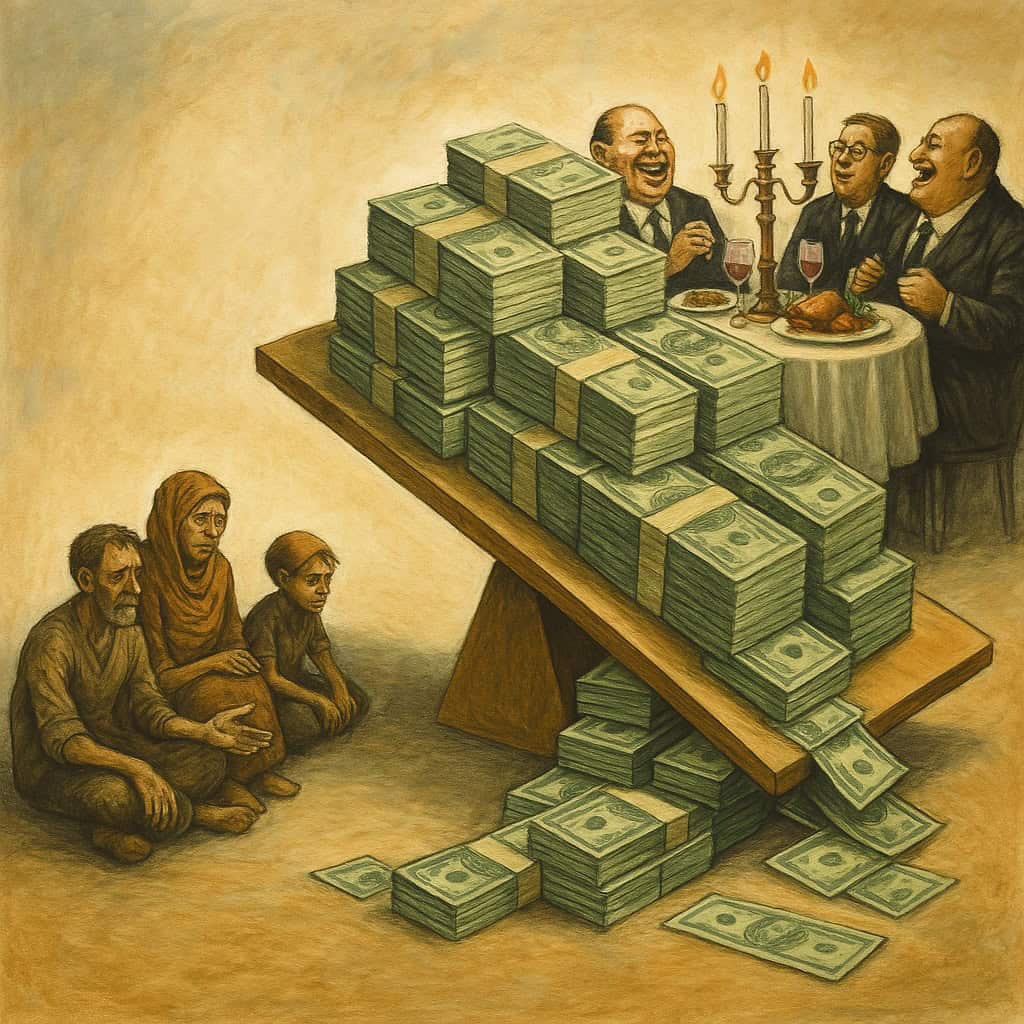




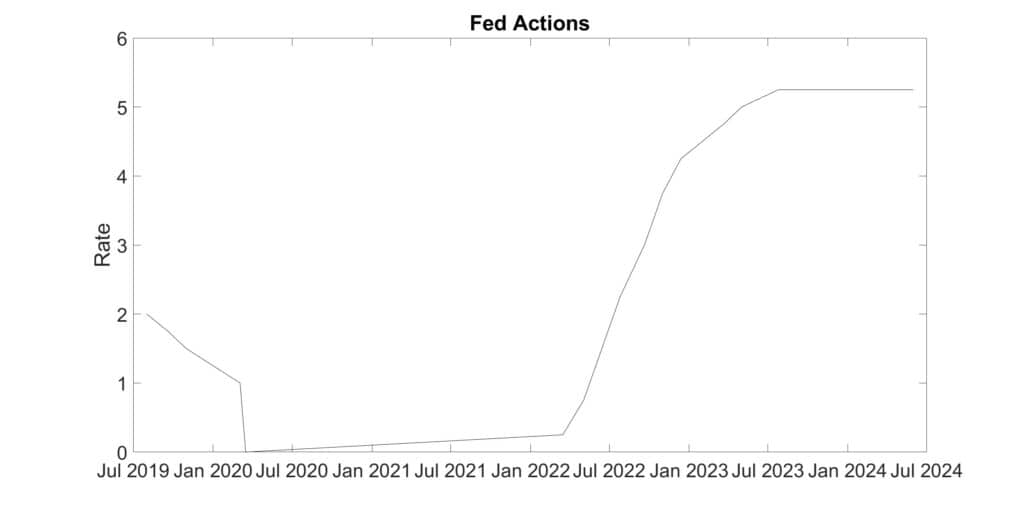
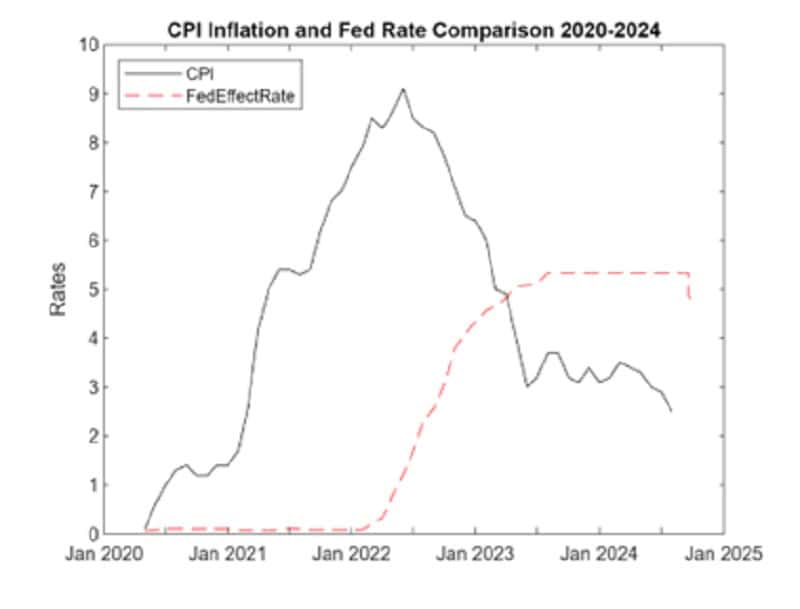
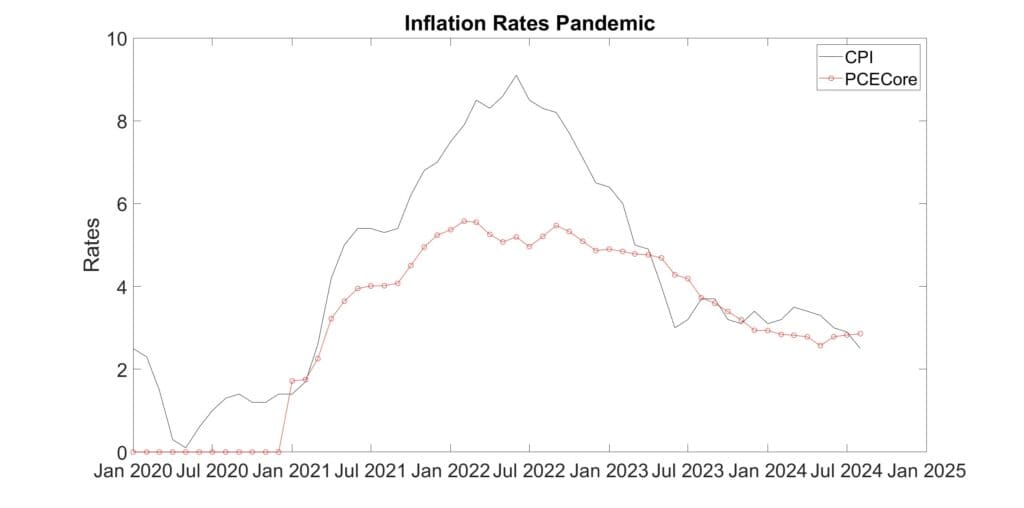
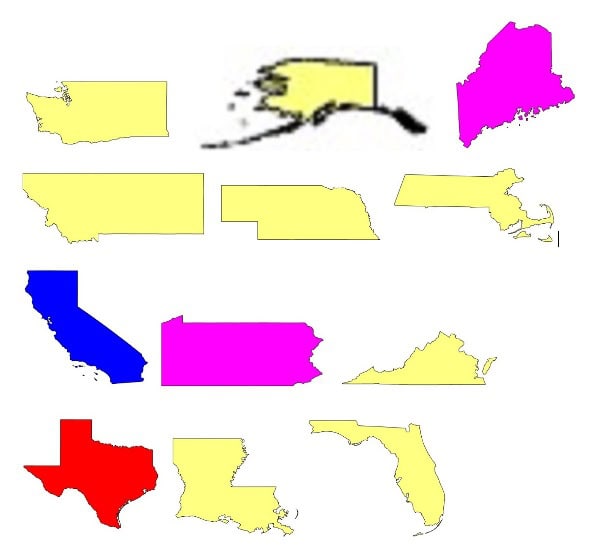
The problem with gerrymandering has not gone away.
Republicans wound up with 64 percent of Wisconsin seats in 2018 despite the Democrats winning 53 percent of assembly votes in 2018. This result arose from the Republican governor and legislatures so aggressively gerrymandering districts.